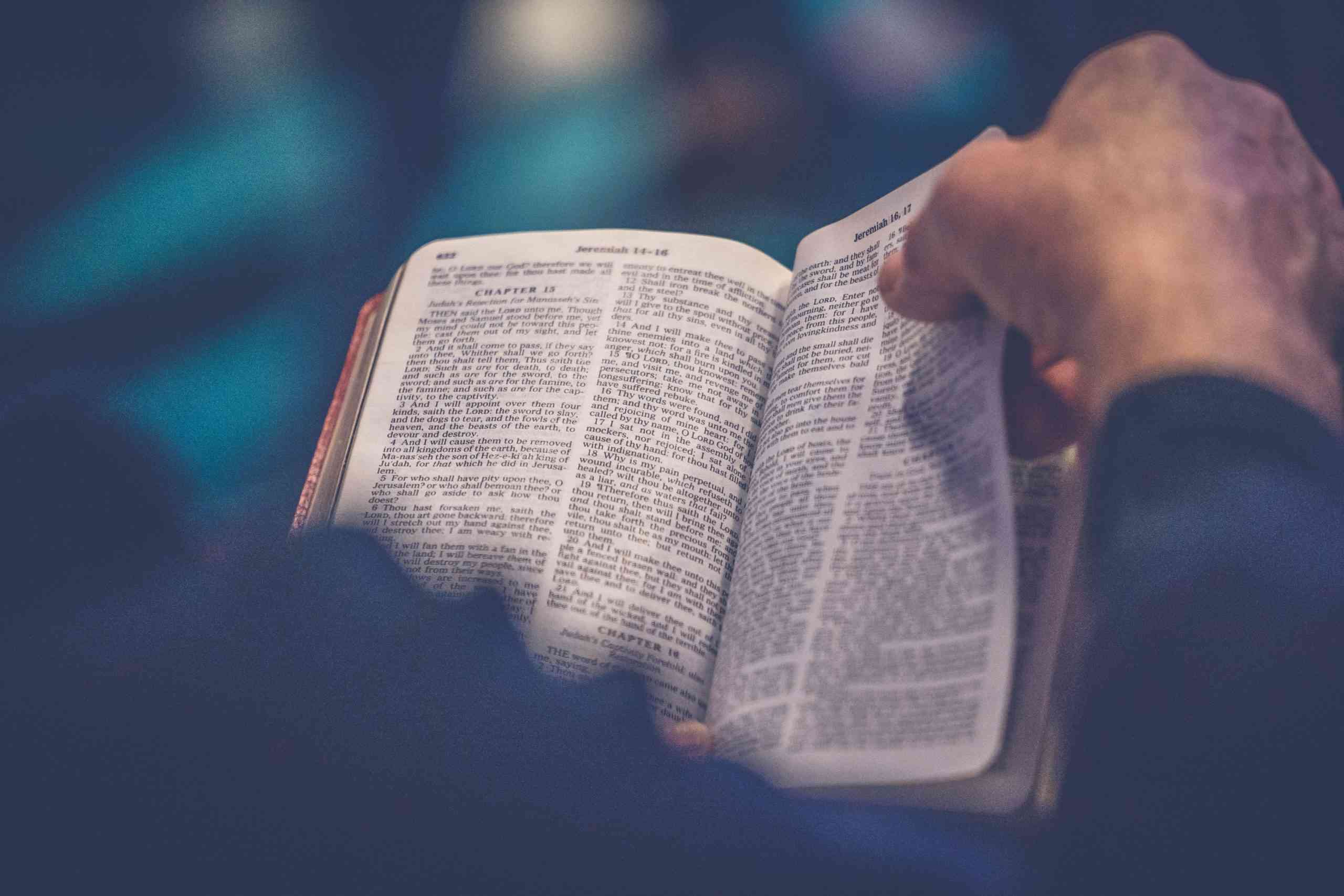
The Ark of the Covenant is the holiest item in Judaism. What happened to it?
Does anyone know where the Ark of the Covenant is today? Was it taken by the Romans when the Temple was destroyed?
The Ark’s history and mysterious disappearance
The Ark of the Covenant—its construction and function is described in the book of Exodus 25:10-22—was a cedar box covered with gold on the inside and out. Its cover was made of solid gold, which included two cherubs—or angelic figures that faced each other—that were about 30 inches tall. Opinions vary as to its weight and size, although depending on how the gold’s thickness is calculated, just the cover may have weighed as much as 2,500 pounds (other estimates put it at a more manageable 150 pounds).1 Two gold-covered wooden poles were attached to the Ark’s sides, and were used to carry it from place to place.
According to the Torah (Exodus 31:18), God gave Moses two tablets that had the Ten Commandments written on them, which Moses then broke upon seeing the Golden Calf (Exodus 32:19). Those broken tablets, along with a second set of tablets that Moses chiseled by hand at a later time (Exodus 34:1), as well as a Torah scroll that Moses wrote were stored inside the Ark.2
The Ark of the Covenant is mentioned numerous times in the Hebrew Bible, and at times is central to the Bible’s narrative. Examples include the book of Joshua, chapter 3, when the Jewish people cross the Jordan River and enter the land of Israel; Joshua 6, when they conquer the city of Jericho; Judges 20:27, when they sat and cried in front of it at the time of a civil war in Givah; Samuel I, chapters 4-6, when the Philistines captured it, were stricken with a plague, and then returned it; as well as many other instances.
The Ark was central to Jewish spiritual life, and its home in the Tabernacle—a portable tent of worship that the Jewish people used for about 400 years—was considered the holiest, focal point of Jewish spiritual life. When King Solomon constructed the first Temple in Jerusalem (Kings I chapters 6-8)—the Western Wall in Jerusalem’s Old City is the remains of the retaining wall from the Second Temple, built centuries later—the Ark’s home was considered the Holy of Holies.
Ironically, despite the Ark’s importance, it’s not mentioned at the end of the book of Kings (Kings II, chapter 25), when the Babylonians destroyed Jerusalem and the Temple, and carted off the Temple’s treasures—some of which are listed amongst the spoils of war—to Babylon.
According to Jewish tradition, that omission is on purpose, and indicates that the Ark was possibly hidden away years before the Babylonian conquest.
One opinion states that Josiah—a righteous Judean king and reformer, mentioned in Kings II 22—understood that the Temple would be destroyed, and hid the Ark3 along with other significant items like the jar of Manna mentioned in Exodus 16:32-34, the special anointing oil used to inaugurate the king and high priest (Exodus 30:22-33), and the staff that belonged to Aaron, which miraculously blossomed (Numbers 17:25).
Although another opinion4 holds that the Ark was indeed taken to Babylon at the time that the Babylonian king, Nebuchadnezzar, conquered Jerusalem and exiled Jeconiah, the Jewish king, as well as the upper classes (Kings II 24:8-18). (Nebuchadnezzar installed Jeconiah’s uncle, Zedekiah, as king for another eleven years, until the final invasion and the Temple’s destruction in 422 BCE). Chronicles II 36:10 states that Nebuchadnezzar exiled Jeconiah to Babylon along “with the precious utensils of the House of God,” implying that one of those “precious utensils” may have been the Ark of the Covenant.5
Did the Second Temple also contain the Ark of the Covenant?
During the Second Temple period, the Ark never resurfaced, and the Holy of Holies was left empty. Needless to say, when the Romans sacked Jerusalem and destroyed the Second Temple in the year 70, the Ark could not have been included amongst the booty they brought back to Rome.
In addition to missing the Ark of the Covenant, the Second Temple also lacked a tangible experience of God’s presence (called the “Shechinah”), a miraculous fire from heaven, and the Urim and Thummim, which was parchment, placed inside the fold of the High Priest’s breastplate, and that included the ineffable four-letter name of God.6 It was still possible to do the Temple service without these things, but the Second Temple was not considered to have the same degree of sanctity.
Where is the Ark of the Covenant hidden?
According to one opinion, the Ark was hidden somewhere under the site of the ancient Temple. When King Solomon first built the Temple, he designed a complex arrangement of tunnels beneath it, including a hiding place for the Ark in the event that the Temple was destroyed. That was where Josiah hid the Ark centuries later.7 The Talmud8 also notes that the Tabernacle from Moses’s time was hidden in tunnels beneath the Temple Mount. In modern times, some efforts were made to excavate the area, but were not successful due to the politically contentious nature of the site.
Another opinion, cited in the Book of Maccabees II 2:4-10, is that the prophet Jeremiah, knowing the Babylonians would soon invade, took the Ark and several other sacred items from the Temple and hid them in a cave on Mount Nebo—the mountain Moses ascended before died—which is now in present-day Jordan.
“It was when they came to the mountain that Moses ascended to see the land that Jeremiah found a cave there and he hid the Tent of Meeting, the Ark, and the Incense Altar in it, and he closed [the cave’s] opening.”9
Is the Ark of the Covenant in Ethiopia?
According to the Ethiopian national epic, Kebra Nagast (the Glory of the Kings), King Solomon fathered a son, Menelik I, with the Queen of Sheba. Menelik later went to visit his father, and on his return journey was accompanied by the firstborn sons of some Israelite nobles, who, unbeknown to Menelik, stole the Ark and carried it with them to Ethiopia. When Menelik learned of the theft, he reasoned that since the Ark’s frightful powers hadn’t destroyed his retinue, it must be God’s will that it remain with him.10
Is this Ethiopian monk guarding the Ark of the Covenant? Don’t bet on it.
According to some, the Ark is hidden within the belly of the Church of Our Lady Mary of Zion, in Aksum, Ethiopia. However, during World War II, Edward Ullendorff—who at the time was an officer in the British army, and already a scholar of Ethiopian history and language—claims to have muscled his way into the church past the guards, and found a model of an ark that was typical of the type of arks found in many Ethiopian churches. According to reports, “it wasn’t ancient, and certainly not the original.”11
A number of other theories link the Ark to Ethiopia as well, although none of them seem to stand up under academic scrutiny.
What does the Ark of the Covenant represent?
As mentioned above, the Ark, ultimately, was a box that held the two tablets that Moses broke after seeing the Golden Calf, the second set of tablets Moses chiseled by hand, and the complete Torah scroll that Moses wrote.
The Ark is considered the holiest item in Judaism, and the focal point of Jewish spiritual life, yet its contents, the Torah and commandments, are accessible to everyone. Judaism is not elitist. Rather, God gave humanity the necessary tools to understand the world He created and to establish a relationship with Him. The Torah is the secret to living a purposeful and meaningful life, and it’s yours for the taking.
On a mystical level, according to the Talmud,12 the Ark didn’t take up any space. Despite being a physical object, when placed in a room measuring 20 cubits (about 40 feet), the measurement from the wall to each side was 10 cubits, meaning that it was there, but it wasn’t. The Ark, and its contents, the Torah, is the interface between this world and the deepest levels of spirituality. As you plumb its depths—while still rooted in the mundane, physical world—you learn how to see your reality from an elevated, spiritual, and more enlightened perspective.
Has the Ark of the Covenant been found?
No. People have looked for it, but no one has found it. Attempts were made to excavate under the Temple Mount in Jerusalem, but those were halted for political reasons.
What is inside the Ark of the Covenant?
The Ark of the Covenant is a box that held the two tablets that Moses broke after seeing the Golden Calf, the second set of tablets he later chiseled by hand, and the complete Torah scroll that he wrote at the end of his life.
Where was the Ark of the Covenant kept?
The Ark of the Covenant was initially kept in the Tabernacle that the Jewish people traveled with in the desert (see Exodus 26). For most of the early biblical period, it was kept in Shilo (in modern-day central Israel), until it was moved to its permanent home in Jerusalem during the reign of King Solomon. Nowadays its whereabouts are unknown.










